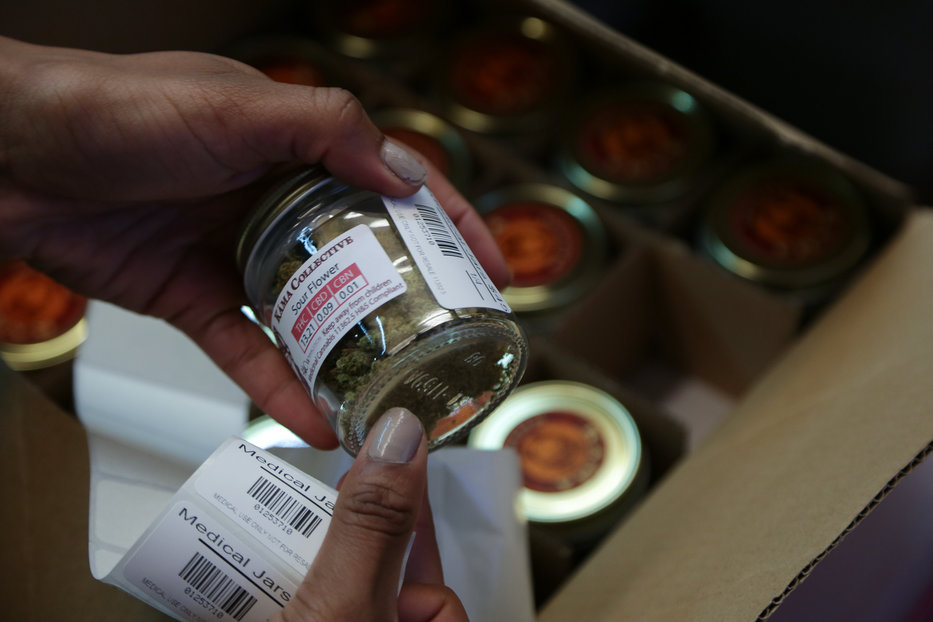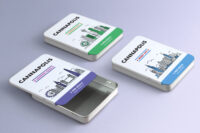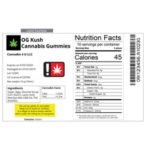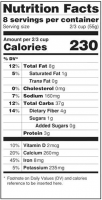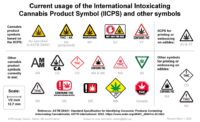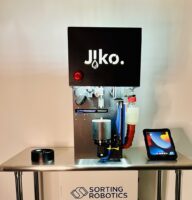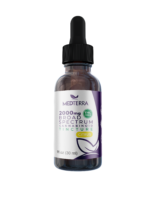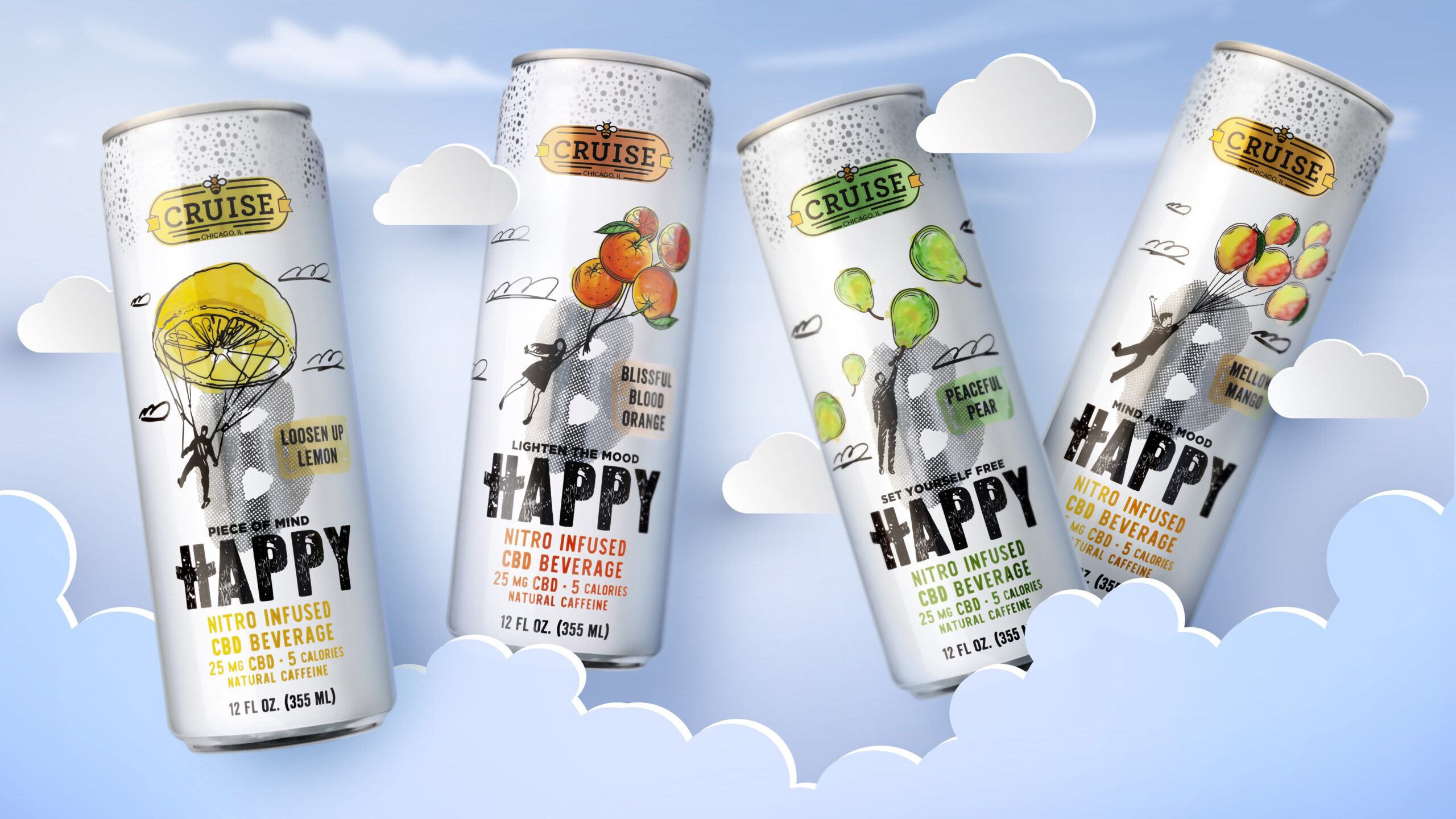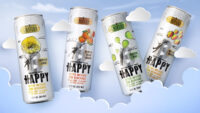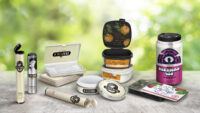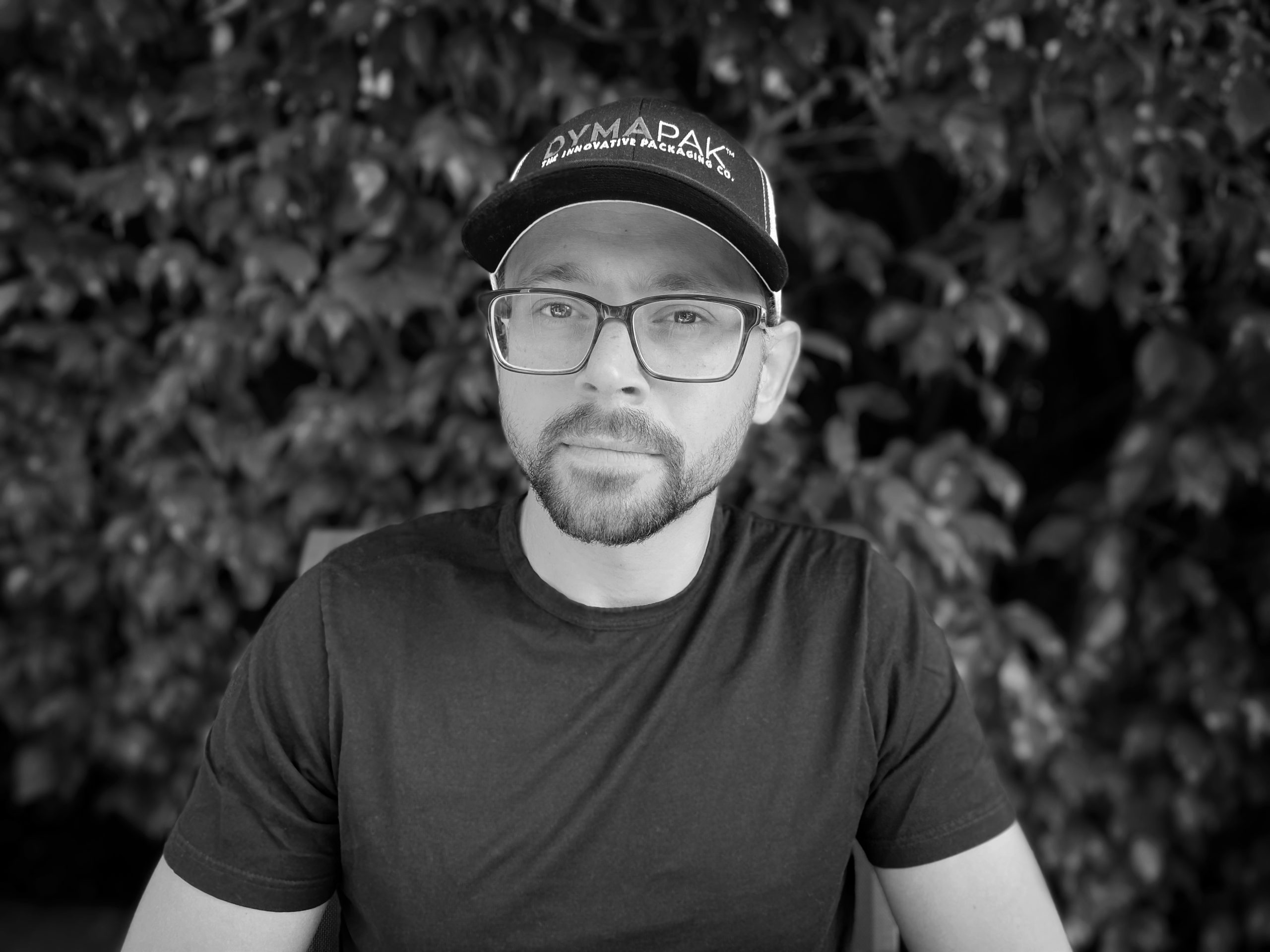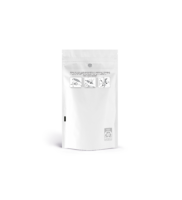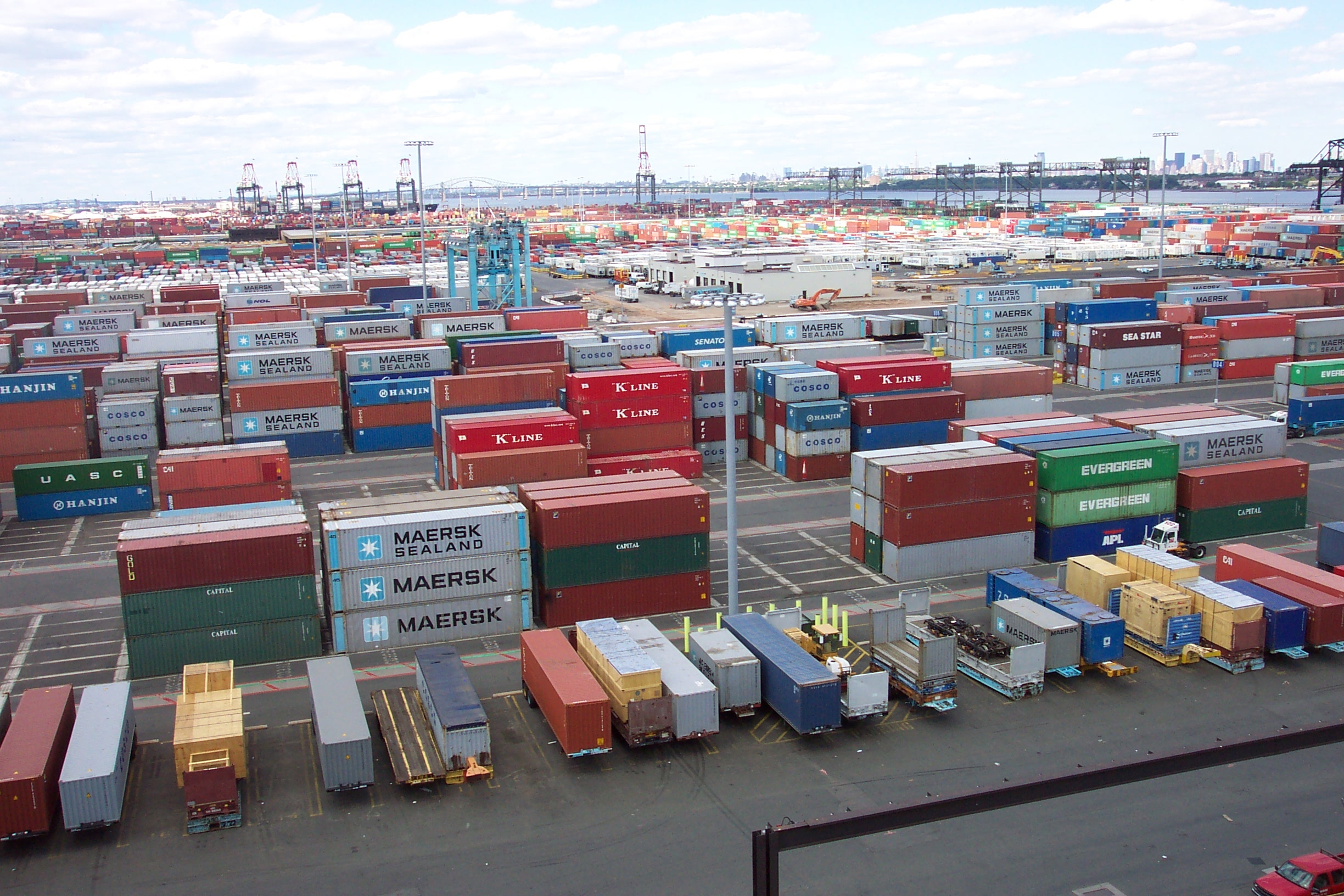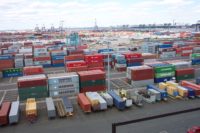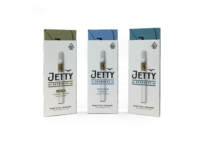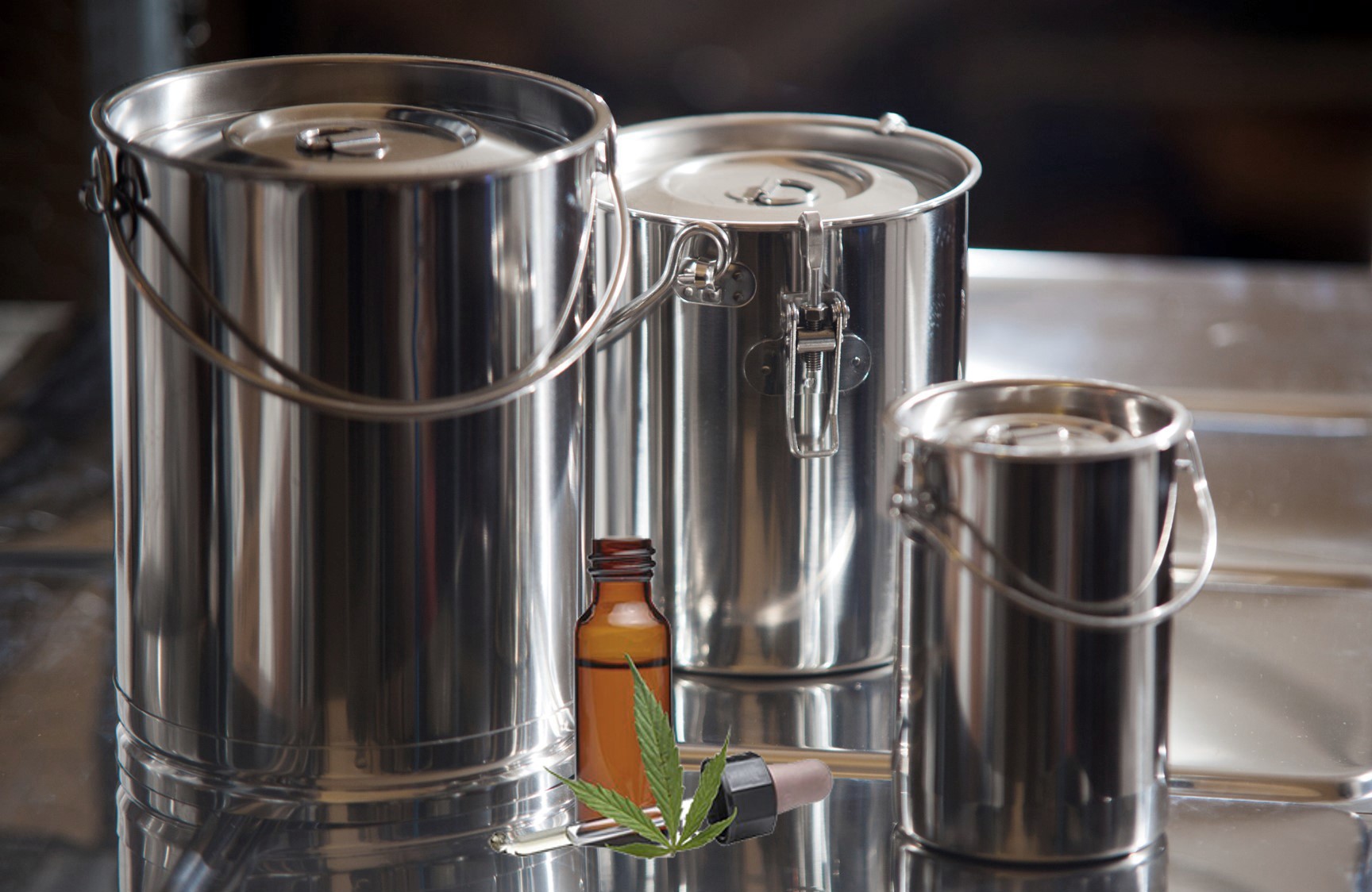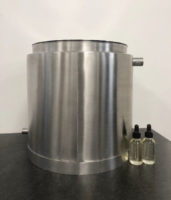Even a cursory review of cannabis reveals that the market has been notoriously wasteful, polluting the environment with chemical fertilizers, misused pesticides, contaminated plants, and—perhaps most problematically—thoughtlessly excessive packaging.
The industry is in dire need of sustainable practices, and the easiest way to start an impactful new trend is from the outside in: a.k.a., adjusting how you’re parceling your products.
Honing in on sustainable packaging isn’t just a good move for the environment. It’s also more cost-effective, less labor-intensive and allows you to provide consumers with the best possible version of your flower—no matter how far through the supply chain it’s had to travel before hitting retail shelves.
Cannabis has progressed: It’s time for its packaging to do the same
By the time legalization began sweeping the nation, the industry already had several decades of experience operating underground. With that discretion came a lot of built-in habits around not attracting attention, and for packaging, the focus was solely on not looking like a cannabis product.
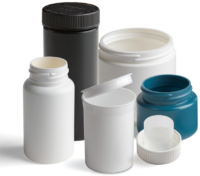
Today, increased legalization grants operators the freedom to expand without the fear of being seen, and as a result, there’s no longer any excuse for wasteful packaging to be the industry’s norm. Glass jars, Ziplocks and an overabundance of plastic isn’t cutting it anymore—not only when it comes to environmental friendliness, but for the integrity of the product itself.
“I’ve been designing packaging in the cannabis industry since 2013, and a lot of trends have come and gone. We used to put flower in plastic Rx jars and paper envelopes. In general, there was a lot of waste: excess boxes and jars that all get thrown away,” says Legacy’s Chief Cannabis Officer Ryan Hedrick. “And when consumers pull the products out of those containers, your marketing doesn’t remain intact. The box gets thrown away, and now they’re just carrying around a labelless jar. Not only is it bad for the environment, but it isn’t helping you promote your brand at all.”
How sustainable storage optimizes curing and shelf life of flower
As for the curing process, Hedrick used to use airtight buckets, which both took up a lot of room and wasn’t at all effective for maintaining cannabis’s ideal humidity levels. He’s since switched to passive atmospheric packaging, which utilizes increasingly popular technology to keep humidity—and sustainability—in mind. “The buckets weren’t letting any moisture out. On top of that, you can imagine how much room 165 five-gallon buckets takes up in a grow space,” Hedrick says.
The same goes for long-term storage. With humidity-controlled bags, operators can rest assured that their product will maintain its efficacy, because as soon as that pack is sealed, the humidity level is guaranteed to stay the same.
Cannabis brand Lava Leaf Organics relies on passive atmospheric packaging for efficient storage—mainly because of the reduction in carbon footprint and increase in terpene preservation.
“When we think about the energy involved in packaging and shipping large amounts of heavy glass jars compared to TerpLoc bags, it was an easy decision for us,” said Lava Leaf Organics CEO Tony Martinez.
“The bags are recyclable, and compared to glass jars with child-resistant lids, they’re much better at preserving terpenes. Using sustainable packaging allows us to put our best foot forward and to better control our customer’s brand experience.”
Tips for making sustainable storage work for you
Sustainable storage is an environmentally-responsible move for the cannabis industry to make, but when weighing the pros and cons of a big switch like this, operators should also keep in mind how positively it will impact their end product, consumer’s experience, and, subsequently, their industry-wide reputation.

Placing your products in eco-friendly bags is just the start. There are definitely more tips and tricks operators can take advantage of to prolong the use of sustainable materials and ensure they’re leaving as small a footprint as possible. For example, Hedrick’s team reuses their passive atmospheric packaging for maximum efficiency—especially when it comes to bulk storage or curing.
“We mark all of our storage bags with the original strain, so we can reuse that bag for the same strain as long as it passes testing along the way. When I do so, I take a mixture of SaniDate and water to make sure everything is sanitized and clean,” Hedrick said. “That allows me to reuse them for about 3-4 months’ worth of curing and storage. You can reuse a bucket in that same way, but when it’s time to replace it, you’re still spending another $15-$17.”
Sustainable, humidity-controlled packaging is also ideal for testing consistency. If you send in five buckets of the same strain to be tested, you run the risk of them all sitting at wildly different humidity levels, which means some might pass, and others might be rendered trash.
All of the environmental benefits aside, using sustainable packaging just makes cents—literally. “Essentially, I’m saving a minimum of half a million in packaging every year. That’s my entire staff’s salary for two months. That’s incredible, impactful, significant savings that can make a huge difference for a business trying to expand.”



